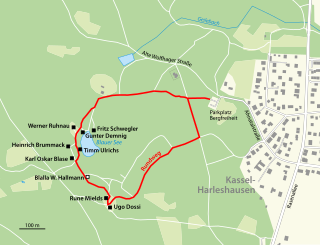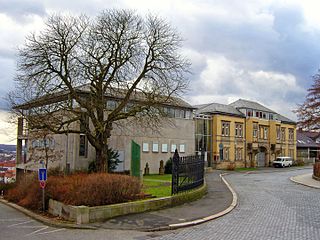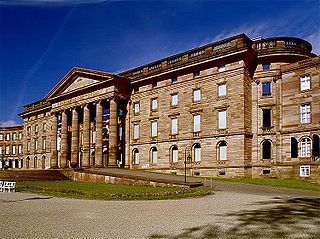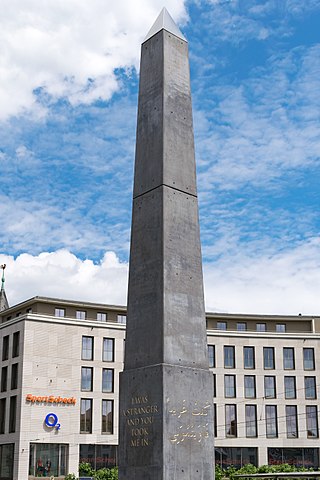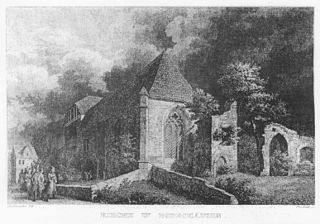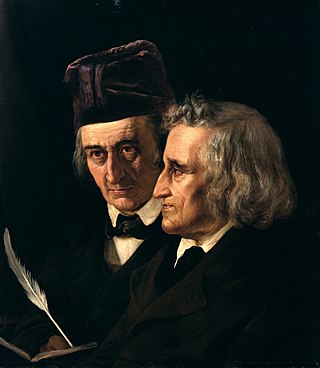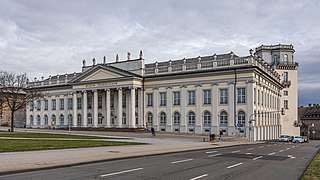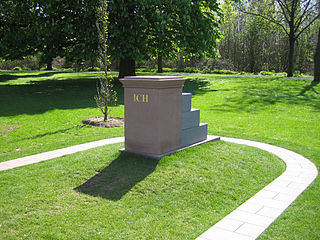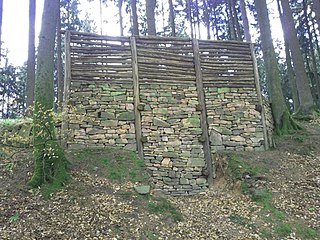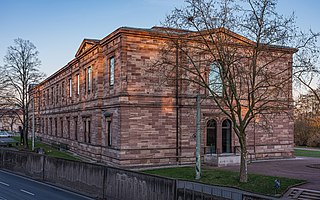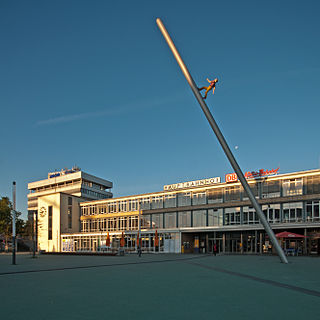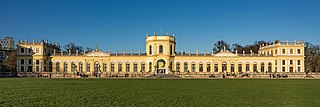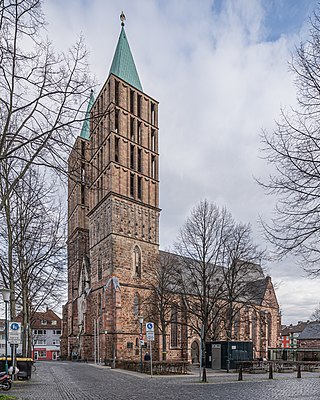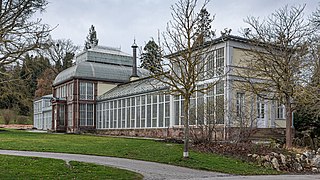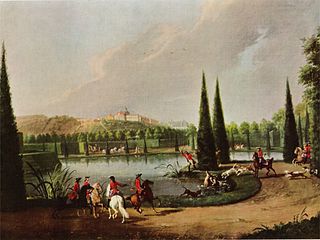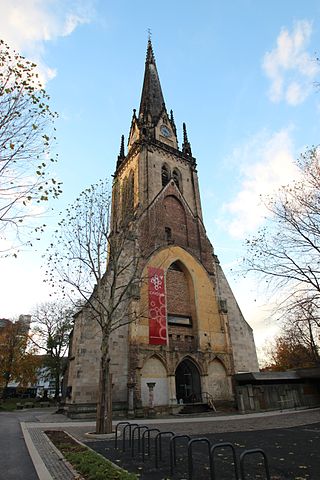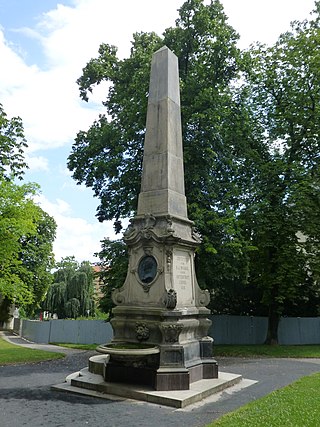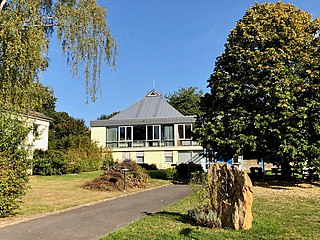23 Sights in Kassel, Germany (with Map and Images)
Legend
Welcome to your journey through the most beautiful sights in Kassel, Germany! Whether you want to discover the city's historical treasures or experience its modern highlights, you'll find everything your heart desires here. Be inspired by our selection and plan your unforgettable adventure in Kassel. Dive into the diversity of this fascinating city and discover everything it has to offer.
Sightseeing Tours in Kassel1. Circuitus
The Artist's Necropolis is a cemetery, a park and a work of art in public space with a hiking trail in the area of the Kassel district of Harleshausen. The necropolis was created by documenta artists who committed themselves in their wills to be buried there during their lifetime. With it, documenta artist Harry Kramer initiated a new form of expression of art in public space.
2. Bergpark Wilhelmshöhe
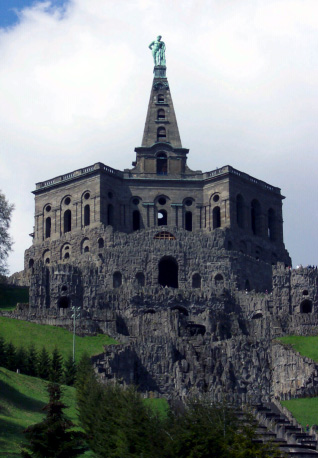
Bergpark Wilhelmshöhe is a landscape park in Kassel, Germany. The area of the park is 2.4 square kilometres, making it the largest European hillside park, and second largest park on a hill slope in the world. Construction of the Bergpark, or "mountain park", began in 1689 at the behest of the Landgraves of Hesse-Kassel and took about 150 years. The park is open to the public today. Since 2013, it has been a UNESCO World Heritage Site because of its monumental Baroque architecture and its unique fountains and water features.
3. Museum für Sepulkralkultur
The Museum of Sepulchral Culture is a special cultural history museum on Weinbergstraße in Kassel, Germany. The Museum of Sepulchral Culture, which opened in 1992, is dedicated to the topics of dying, death, burial, mourning and commemoration. The sponsor is the Arbeitsgemeinschaft Friedhof und Denkmal e. V. It belongs to the Working Group of Independent Cultural Institutes.
4. Schloss Wilhelmshöhe
The Wilhelmshöhe Palace is a Neoclassical palace located in Bad Wilhelmshöhe, a part of Kassel, Germany. It was built for Landgrave Wilhelm (William) IX of Hesse in the late 18th century. Emperor Wilhelm II made extensive use of it as a summer residence and personal retreat.
5. Henschel-BBC DE 2500
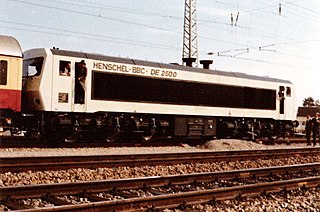
The DB Class 202, also commonly referred to under its manufacturers' designation Henschel-BBC DE2500, since it was only in experimental use and never purchased by the DB, is a class of diesel-electric locomotives designed for use on main and secondary lines for both passenger and freight trains.
6. Obelisk
The obelisk is a monument designed for documenta 14 by Nigerian-American artist Olu Oguibe. In June 2017, it was erected at Kassel's Königsplatz; since April 2019, the obelisk has stood in Treppenstraße. The 16.20 m high monument entitled The Strangers and Refugees Monument bears the inscription "I was a stranger and you sheltered me" in the four languages most commonly spoken in Kassel: Arabic, German, English and Turkish, a quote from the Gospel of Matthew.
7. Klosterkirche
The Nordshausen monastery, located at the foot of the Brasselsberg in the Kassel district of Nordshausen, was used as a convent by Cistercian nuns from about 1257 to 1527. The monastery church is considered the oldest surviving church in today's Kassel city area. Nordshausen was incorporated into Kassel in 1936.
8. Grimmwelt
The Grimm World Kassel is an exhibition house on the works, work and life of the Brothers Grimm. The exhibition house offers interactive presentations on the German Dictionary, children's and household fairy tales, and the lives of Jacob and Wilhelm Grimm. It is divided into 25 areas, which are named with words from the German dictionary. In addition, the Grimm World shows changing special exhibitions.
9. Fridericianum
The Fridericianum is a museum in Kassel, Germany. Built in 1779, it is one of the oldest public museums in Europe. Since 1955 the quinquennial art festival documenta has been centred on the site, with some artworks displayed on Friedrichsplatz, in front of the building.
10. Ich
A Ego-Monument is a sculpture that was erected for the first time in the city of Frankfurt am Main. The work of the artist Hans Traxler in collaboration with the stonemason Reiner Uhl has been on display since 24 March 2005 in the Oberrad district, in the Mainuferanlage between Rudererdorf and Gerbermühle in Frankfurt's green belt.
11. Alteburg
The Alteburg is a Celtic settlement in the area of Biebergemünd in the Main-Kinzig district in Hesse, Germany. It towers over the Kasselgrund 3.5 kilometres south of Biebergemünd-Kassel on the Hoppesberg.
12. New Gallery
The Neue Galerie is an art museum in Kassel in the state of Hesse, in Germany. The building was constructed between 1871 and 1877 as a museum for works of the Old Masters. The building was damaged and burned out on 22 October 1943 in a devastating air raid carried out on the orders of Winston Churchill. The 60 most important works were brought to Vienna, and were returned in 1956. The building and large parts of the collection were lost. The museum was reopened with its present name in 1976, and a large renovation was completed in 2011.
13. Man walking to the sky
Man walking to the sky is a sculpture by American artist Jonathan Borofsky. The figure stands on the forecourt of the Kulturbahnhof Kassel. The "Himmelsstürmer", as the sculpture is called by the citizens of Kassel, was designed by Borofsky for documenta IX in 1992. The production costs amounted to about 70,000 Deutschmarks.
14. Die Rampe
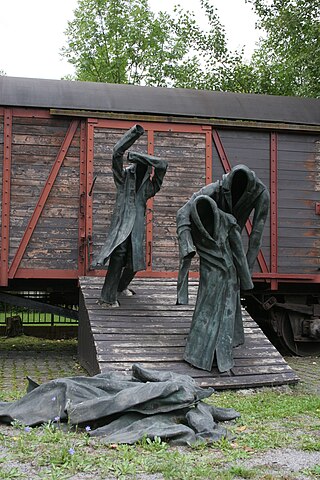
The ramp is a memorial by the German artist E. R. Nele, which commemorates the deportation and extermination of European Jews during the National Socialist era. In the Nazi extermination camps, "ramp" was the name of the platform onto which the Jews were driven out of the wagons of the deportation trains. The installation was inaugurated on May 8, 1985, forty years after the end of the Second World War, on the grounds of the former Gesamthochschule and today's University of Kassel. The location was also chosen because the former Henschel site had been located here, where up to 6000 forced laborers were employed during the war years.
15. Orangerie
The Orangerie is an orangery in Kassel, Hesse, Germany. It was built under Landgrave Charles between 1703 and 1711. Since then, it forms the northern corner of the Karlsaue park. Today it is used as an astronomy and physical cabinet.
16. Martinskirche
St Martin's Church is a Protestant parish church in Kassel, Hesse, Germany. It is also the preaching-church of the bishop of the Evangelical Church of Hesse Electorate-Waldeck. It is in the Gothic style and was begun in 1364 and completed in 1462, dedicated to St. Martin of Tours. It became a Protestant church in 1524, when Philip I, Landgrave of Hesse converted to Protestantism. From the 16th century until the end of the 18th century it was the burial place for the landgraves of Hesse.
17. Großes Gewächshaus
The Large Greenhouse is located in the Bergpark Wilhelmshöhe in Kassel and was built in 1822/23 by the court architect Johann Conrad Bromeis under Elector Wilhelm II for the cultivation of precious exotic plants. The original dome-like central building was later replaced by a more massive palm house. The filigree iron-and-glass construction took a pioneering position in Germany. In the large greenhouse, some historical plants are stored. It is managed by the Museumslandschaft Hessen Kassel and can be visited from the 1st of Advent to May.
18. Rahmenbau
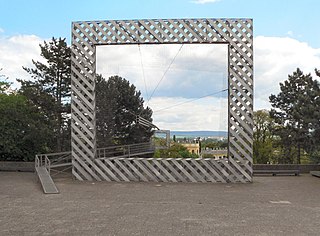
Rahmenbau oder Landschaft im Dia is a work of art by the former architect and artist group Haus-Rucker-Co. The installation was designed in 1977 for documenta 6 in Kassel and has since stood on the east side of Friedrichsplatz above the Karlsaue and the Orangery.
19. Karlsaue
The Karlsaue Park is a public and inner-city park of 1.50 km2 (0.58 sq mi) in Kassel. It was redesigned as a landscape garden in 1785 and consists of a mixture of visible Baroque garden elements and arranged “natural areas”.
20. Lutherkirche
The Luther Church in Kassel's city centre, named after Martin Luther, is the tallest building in the city at 76 metres. The Protestant church, which was consecrated in 1897, was severely damaged in the Second World War and then demolished except for the tower. In 1970, a new building was built in the immediate vicinity.
21. Wimmelbrunnen
The Wimmel Monument in Kassel's Fürstengarten is a monument to unification designed by the Kassel sculptor Karl Begas. The obelisk, which was inaugurated on May 10, 1898, commemorates the German unification of 1871 and is named after the founders of the monument. Until 1965, it stood centrally on today's Brüder-Grimm-Platz at the gateway to Kassel's city centre.
22. Versöhnungskirche Kassel
The Evangelical Church of Reconciliation at Bossental in Kassel is the smallest congregation in the city church district of the city in northern Hesse. It celebrated its 50th anniversary at the end of 2017.
23. Blue Dancer
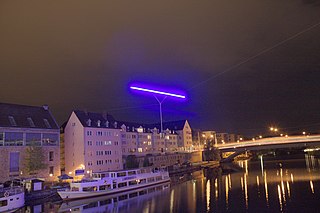
Blue Dancer is a light sculpture by the Japanese artist Kazuo Katase, which is located on the east side of the Walter Lübcke Bridge, parallel to the bridge, in Kassel – now permanently. The artwork connects the districts of Mitte and Unterneustadt and consists of a blue illuminated crossbar with two bucket-shaped structures underneath a rope.
Share
How likely are you to recommend us?
Disclaimer Please be aware of your surroundings and do not enter private property. We are not liable for any damages that occur during the tours.
